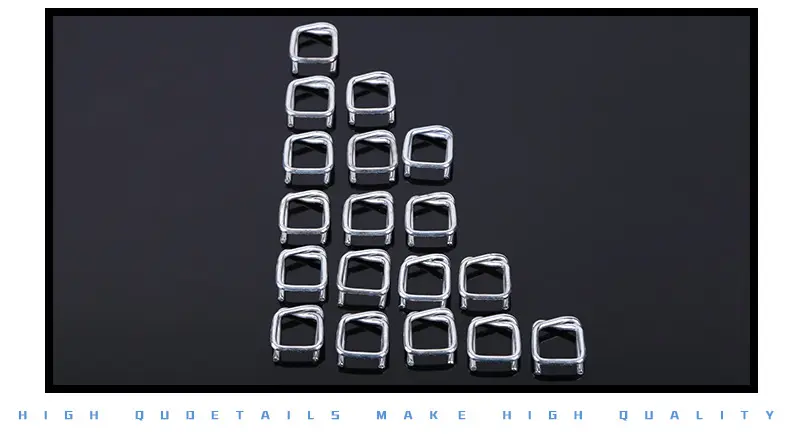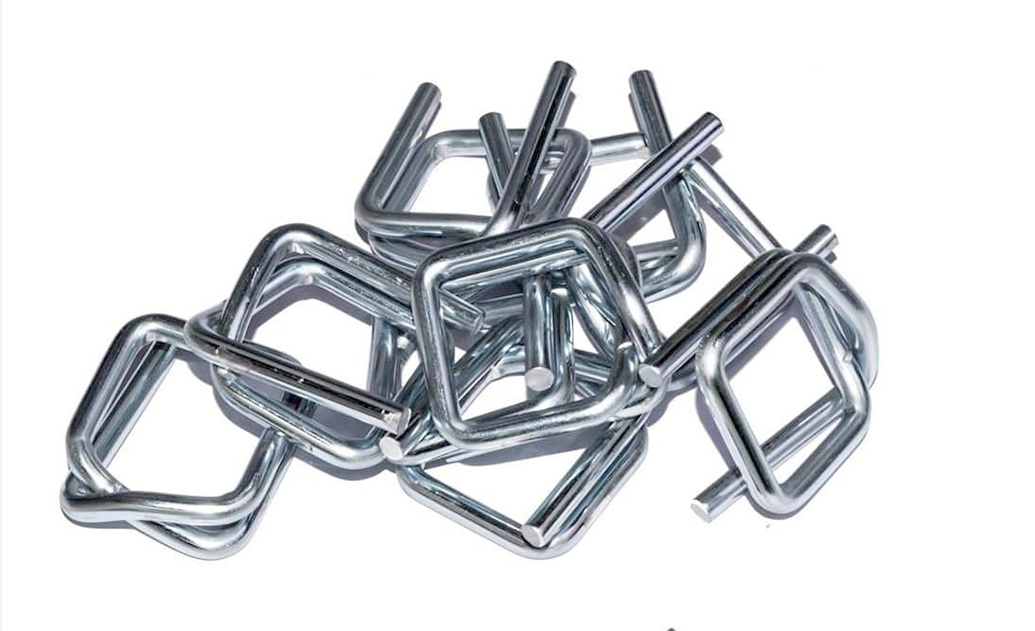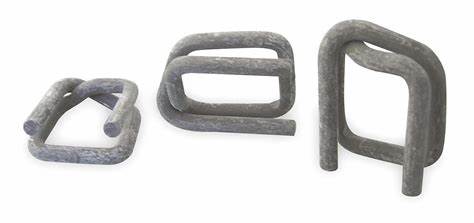Composite strapping buckles are essential components in securing heavy loads and packages during transportation and storage. These buckles play a crucial role in ensuring the integrity and stability of the strapping system, providing a reliable and secure method for fastening and tensioning composite strapping. In this article, we will explore the importance of composite strapping buckles, the different types available, and best practices for using them effectively.
Composite strapping buckles, also known as seals or clips, are designed to secure the ends of the strapping material together, creating a strong and durable bond that prevents the load from shifting or becoming loose. These buckles are typically made of high-strength materials such as metal or plastic, ensuring they can withstand the tension and pressure exerted by the strapping during transit.

There are several types of composite strapping buckles available on the market, each with its own unique features and benefits. Some common types include:
1. Metal Buckles: Metal buckles are often used for heavy-duty applications where extra strength and durability are required. These buckles are typically made of stainless steel or galvanized steel, providing excellent resistance to corrosion and wear.
2. Plastic Buckles: Plastic buckles are lightweight and cost-effective options for securing composite strapping. These buckles are suitable for light to medium-duty applications and are available in various sizes and designs.
3. Wire Buckles: Wire buckles are designed for use with steel or composite strapping and provide a secure fastening method that is easy to install and remove. These buckles are ideal for applications where high tension is required.
4. Push-Type Buckles: Push-type buckles are quick and easy to use, allowing for fast installation and removal of strapping without the need for additional tools. These buckles are popular in industries where efficiency and speed are essential.

When using composite strapping buckles, it is essential to follow best practices to ensure the optimal performance and security of the strapping system. Some key best practices include:
1. Selecting the Right Buckle: Choose the appropriate type and size of buckle based on the load weight, strapping material, and application requirements. Ensure the buckle is compatible with the strapping to ensure a secure and reliable connection.
2. Proper Installation: Follow the manufacturer's guidelines for installing the buckle onto the strapping material. Make sure the buckle is positioned correctly and securely fastened to prevent slippage or failure.
3. Tensioning the Strapping: Ensure the strapping is tensioned correctly before securing it with the buckle. Over-tensioning can lead to premature failure, while under-tensioning may result in load shifting during transit.
4. Regular Inspection: Inspect the buckles and strapping for signs of wear, damage, or corrosion. Replace any damaged components immediately to prevent failures and ensure load security.
5. Training and Education: Provide training to employees on the proper use and handling of composite strapping buckles. Ensure they are aware of best practices and safety protocols to prevent accidents and damage.

In conclusion, composite strapping buckles are essential components in the securement of heavy loads and packages during transportation and storage. By selecting the right type of buckle, following best practices for installation and tensioning, and regularly inspecting the components for damage, businesses can ensure the reliability and safety of their strapping systems. With proper use and care, composite strapping buckles can contribute to efficient and effective load securement, reducing the risk of damage and ensuring the smooth flow of goods throughout the supply chain.



